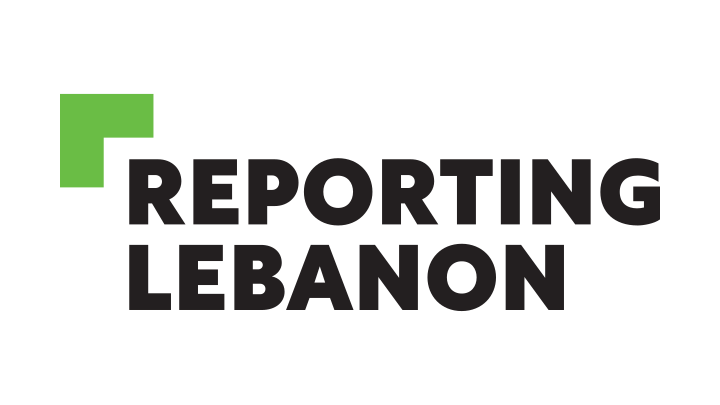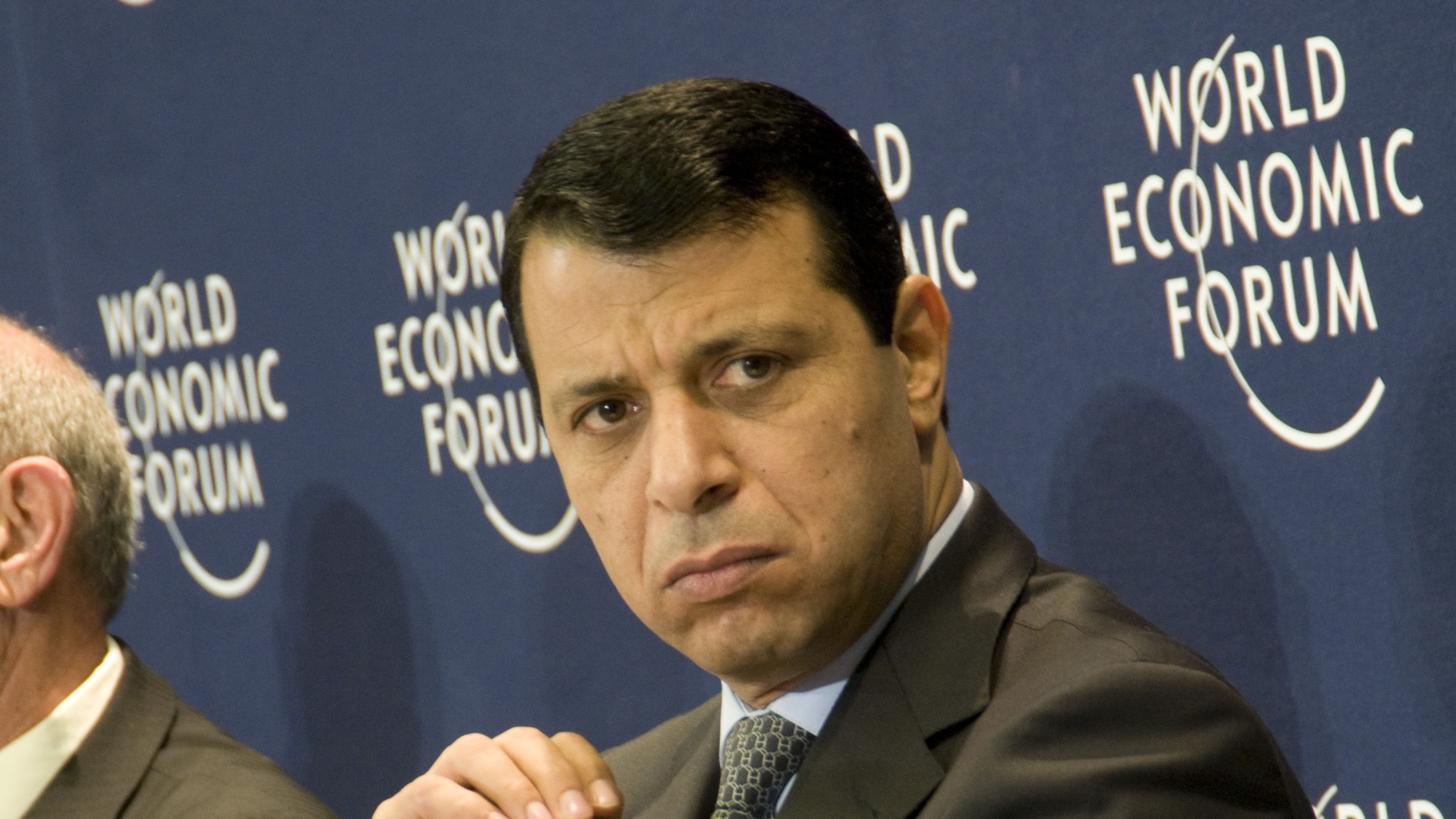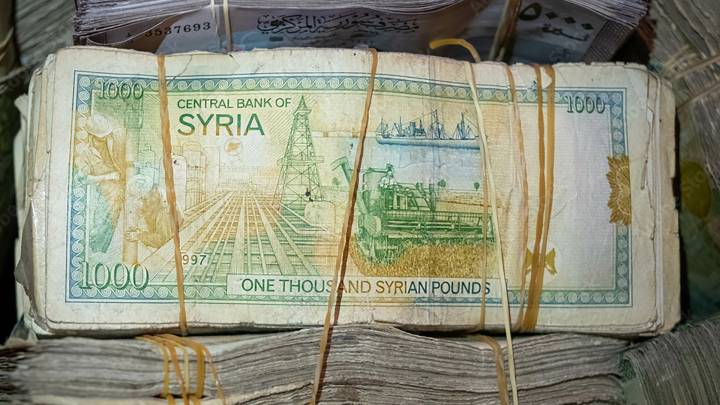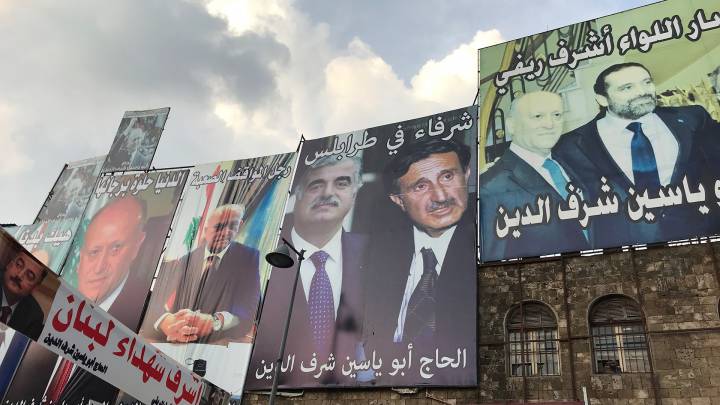How the price of oil is shaping the calculus in this war between Israel and Iran – and how much economic factors determine Middle East policy in Washington and Beijing.
War has erupted between Israel and Iran, with Israeli airstrikes targeting military sites deep inside Iran and Tehran responding with missile attacks. Yet, the real calculation may not be military; it may be financial. In this confrontation, oil isn’t just collateral damage; it’s the algorithm driving what comes next. Brent crude rose by roughly 7 percent following the strikes, briefly approaching the mid-$70s. While elevated, prices remained under the threshold that typically signals geopolitical crisis. The tremor is visible, but the quake hasn’t struck. That market restraint reveals something crucial: energy policy is no longer the backdrop to war; it’s the terrain on which strategic risk is now measured. And that stability didn’t emerge by chance. It was the result of years of deliberate economic engineering.
While headlines centre on missiles and nuclear facilities, a more strategic question emerges: is this 2018 all over again, when Washington, confident in cheap oil and energy insulation, gave Israel the space to escalate? Back then, Trump’s withdrawal from the Iran nuclear deal was not only ideological; it was economic. The White House calculated that global supply buffers and booming shale production would absorb any fallout. The deeper conditions enabling Israel’s current strike without immediate market panic echo that same logic. But the insulation has since eroded. The U.S. Strategic Petroleum Reserve is now at its lowest level since 1985, shale output is stagnating, and the energy shield that once cushioned geopolitical risk has visibly thinned.
Iran is now forced to confront the reality that escalating nuclear threats cannot be sustained without triggering economic or kinetic consequences. But if today’s precision fire marked the collapse of ambiguity, tomorrow’s oil price may determine whether this moment was a prelude or the peak. The Strait of Hormuz, a narrow maritime corridor between the Persian Gulf and the Gulf of Oman, remains the world’s most vital oil chokepoint, with over 20 percent of global petroleum trade passing through its waters. Iran cannot afford to shut it. But will it threaten it enough to spook the markets into paralysis? It is not Iran’s closure of the strait, but the credibility of that threat, that tilts the markets. That is the new battlefield, not the airspace, but the futures exchange. In this war, oil doesn’t need to stay cheap forever. It only needs to stay cheap long enough to shift the political cost-benefit. The environment Trump has engineered, a world where economic insulation buys geopolitical aggression, frames today’s choices. Israel’s strike was not just enabled by deterrence failure in Tehran, but by confidence in market resilience. And so we return to the central premise: the war may escalate with firepower, but it will be constrained or unleashed by price.
If markets are the new battlefield, then geopolitics remains the architect of their terrain. The ongoing tension between the United States and Iran continues to shape global oil markets, primarily through the lens of supply disruption risks in the Middle East. Historical precedents, from the Iran–Iraq War and the Gulf War to the 1973 Arab oil embargo, demonstrate that even the anticipation of conflict is enough to trigger dramatic price shocks.
Today, the dynamics are no different. In the post 7 October environment, Iran’s confrontational posture and the breakdown of the US–Iran diplomatic channel, have once again elevated market anxiety, triggering scenario-based modeling from institutions like the World Bank. These projections suggest that even without physical disruptions, the expectation of conflict can push oil prices substantially higher, which underscores how much weight markets assign to credible threats in today’s energy geopolitics.
Iran’s strategic position in the Persian Gulf, coupled with its direct and indirect influence over critical oil transit routes like the Strait of Hormuz, grants it immense leverage. Despite being under heavy sanctions, Iran continues to export substantial volumes of oil. Notably, Iran exports significant volumes of oil to China, often through indirect channels. While it is not one of the top three suppliers (which are Russia, Saudi Arabia, and Iraq), its oil remains a strategic factor in China’s energy security. This relationship reflects not only Tehran’s economic orientation but also a form of geopolitical insulation: any disruption to Iranian oil exports would directly affect China, a factor Iran could leverage in shaping its strategic deterrence posture. However, this leverage comes at a cost. Roughly 70 to 80 percent of Iran’s own oil exports also transit through the Strait, making any serious disruption a blow to its own economy, especially under sanctions, where every barrel counts. In the event of a broader conflict, Iran’s capacity to disrupt maritime flows or regional energy infrastructure continues to pose one of the gravest threats to global energy stability.
The ripple effects of Iran’s energy leverage are also shaping the posture of its regional neighbours. The Arab Gulf states, particularly Saudi Arabia and the United Arab Emirates, but also Qatar, are caught in a delicate balance. On one hand, they maintain fragile reconciliation with Iran since the 2023 China-brokered normalization. On the other, they remain strategic allies of the United States. These states, with the lowest production costs globally — with Saudi Arabia producing at just 3 to 5 dollars per barrel — are essential to price stability in oil markets. However, their refusal to allow the United States to use their territories for launching military strikes against Iran highlights a regional shift. Gulf monarchies increasingly favour stability over confrontation. Their actions signal a recognition that open conflict would not only spike oil prices but also threaten their own domestic and economic security.
Recent price behaviour reflects this caution. Following Israel’s strike, stock markets across the Gulf dropped by as much as five percent, while oil briefly surged over six percent before retreating. Market analysts noted that prices nearing eighty dollars per barrel would raise alarm among global central banks. Gulf producers understand this threshold. They possess the capacity to raise output and calm markets, but their willingness to do so depends on keeping the region below the volatility line. Their priority remains economic predictability, not power projection.
From an economic standpoint, the United States remains surprisingly vulnerable to oil price shocks despite being the world’s largest oil producer. The shale oil revolution, once hailed as America’s energy shield, is showing signs of fatigue. Costs of production have risen, prime drilling sites are depleting, and capital discipline from investors has limited the sector’s responsiveness. The Strategic Petroleum Reserve, heavily drained after the Ukraine crisis, is at its lowest level since 1985. Together, these structural weaknesses constrain America’s ability to respond swiftly to geopolitical oil shocks, especially if a United States–Iran conflict breaks out and causes rapid market dislocation.
In contrast, China, despite being the world’s largest oil importer, appears more insulated from these shocks. Government price controls, a coal-dominant energy mix, and heavy state planning help buffer Chinese households and industries from global price volatility. Moreover, since a significant portion of oil in China is used for industrial input rather than household consumption, unlike the United States, the domestic political and economic consequences of price fluctuations are more muted. In short, China has built a systemic shock absorber, while the United States operates within a far more market-sensitive and volatile framework. China’s economic model buffers the blow, but the geopolitical risk calculus still holds. A disrupted Iranian supply chain would ripple through Beijing’s strategic planning.
Ultimately, the intersection of geopolitical risk, oil vulnerability, and Middle Eastern instability reveals a paradox. While China relies heavily on oil imports, its internal structure shields it from external shocks. The United States, despite its oil wealth, remains acutely exposed to global price swings. A conflict involving Iran would not only destabilize oil markets but also reinforce the region’s enduring centrality in global geopolitics. With oil prices serving as a proxy for perceived stability, the Middle East remains a geopolitical fault line and Iran’s leverage within it continues to shape the strategic behaviour of both global powers and regional actors.





